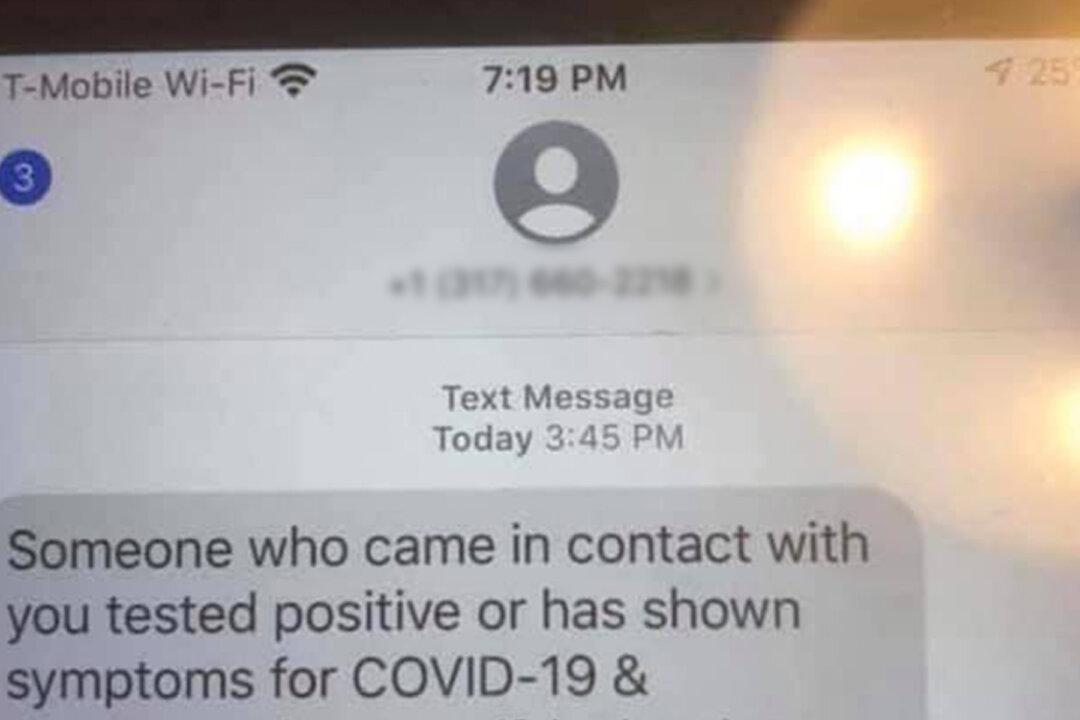As communities try to stay safe and informed during the global-spread pandemic this spring, one police department in Thomaston, Maine, has been facing an extra obstacle in their fight with the virus.
The Thomaston Police Department warned people in the 2,800-resident town that a new text message scam was being used to mine for personal information, sending out messages to cell phones and falsely alerting recipients of a positive COVID-19 test in their area.





